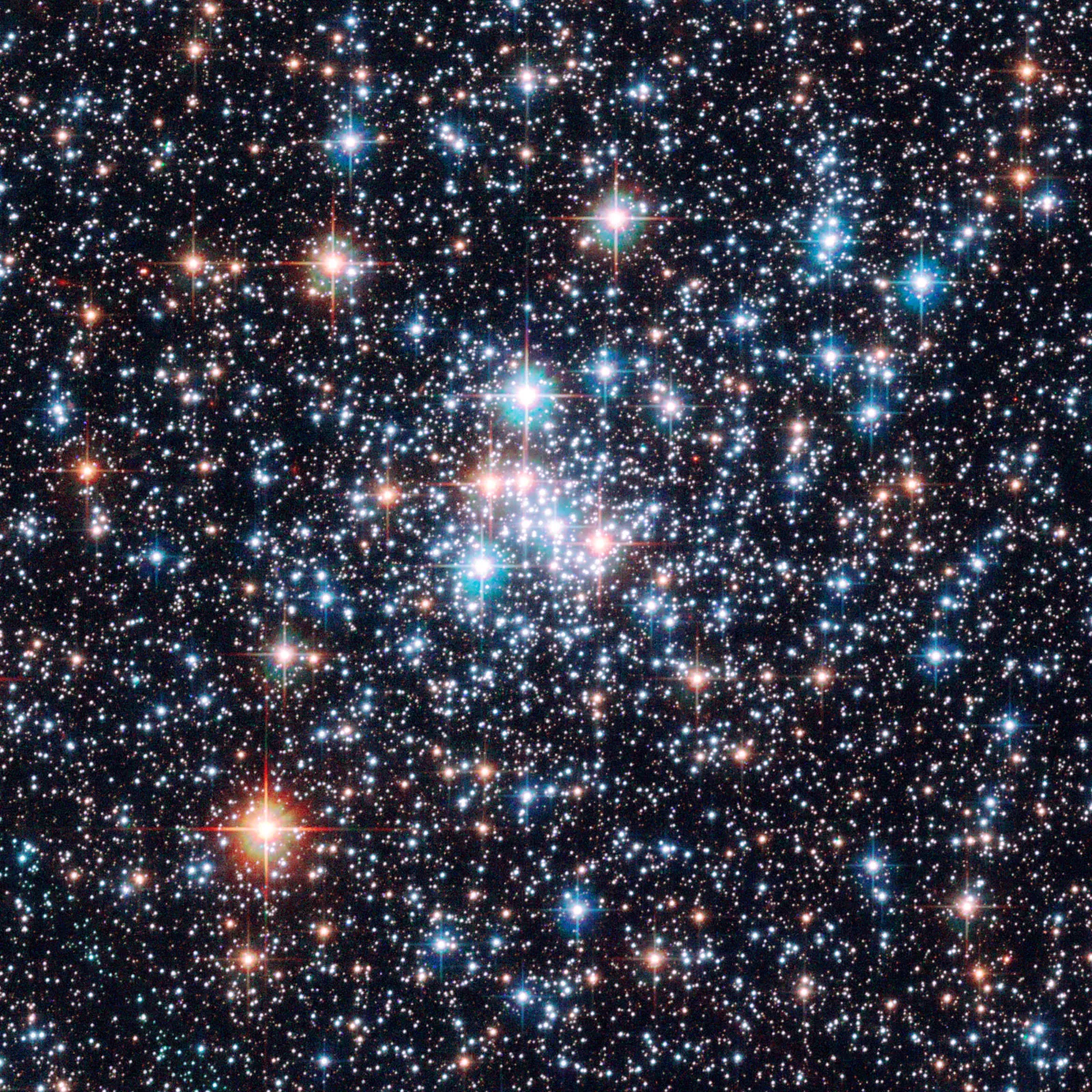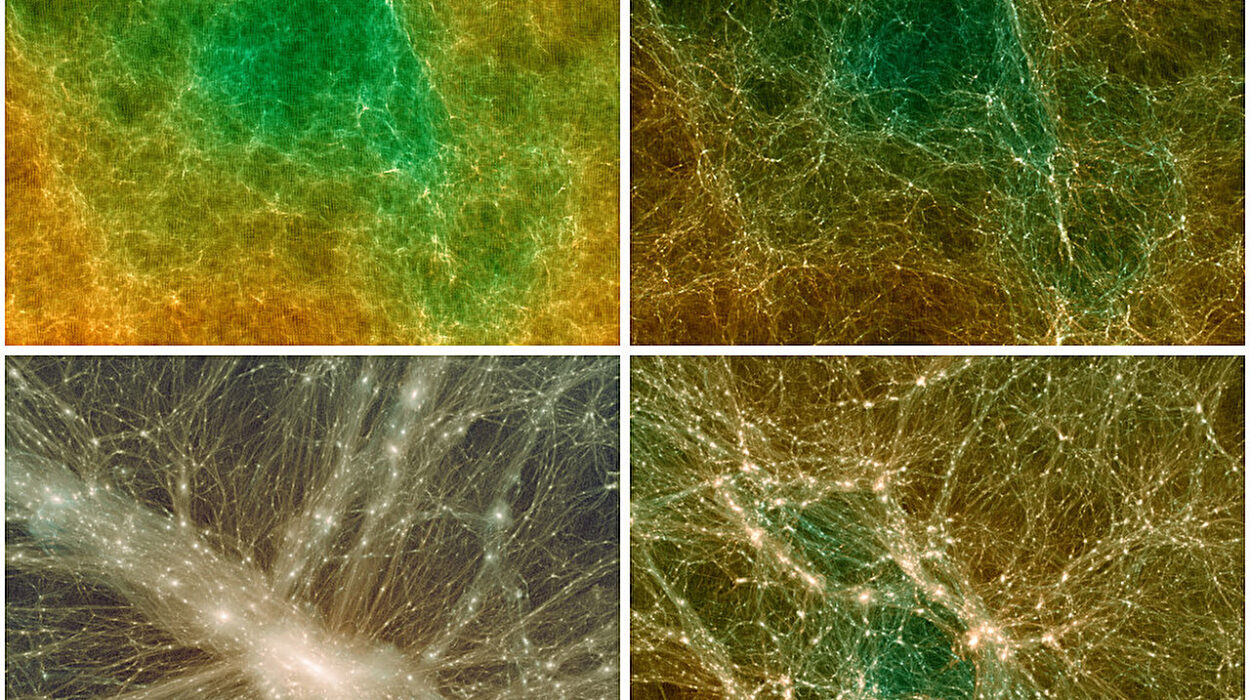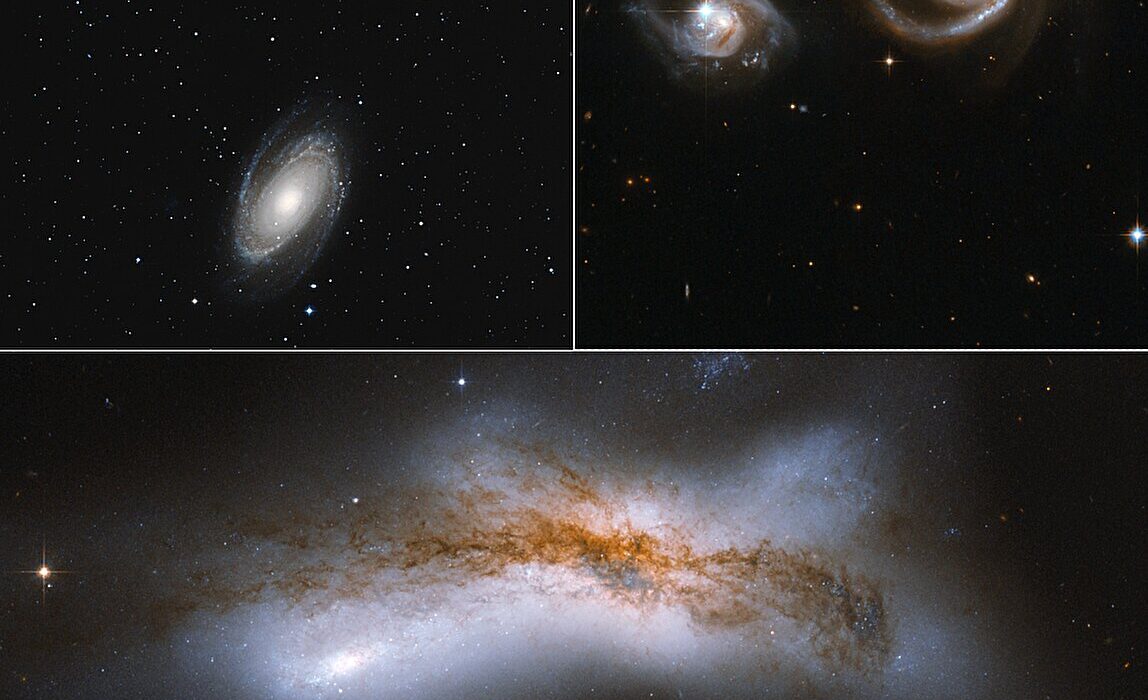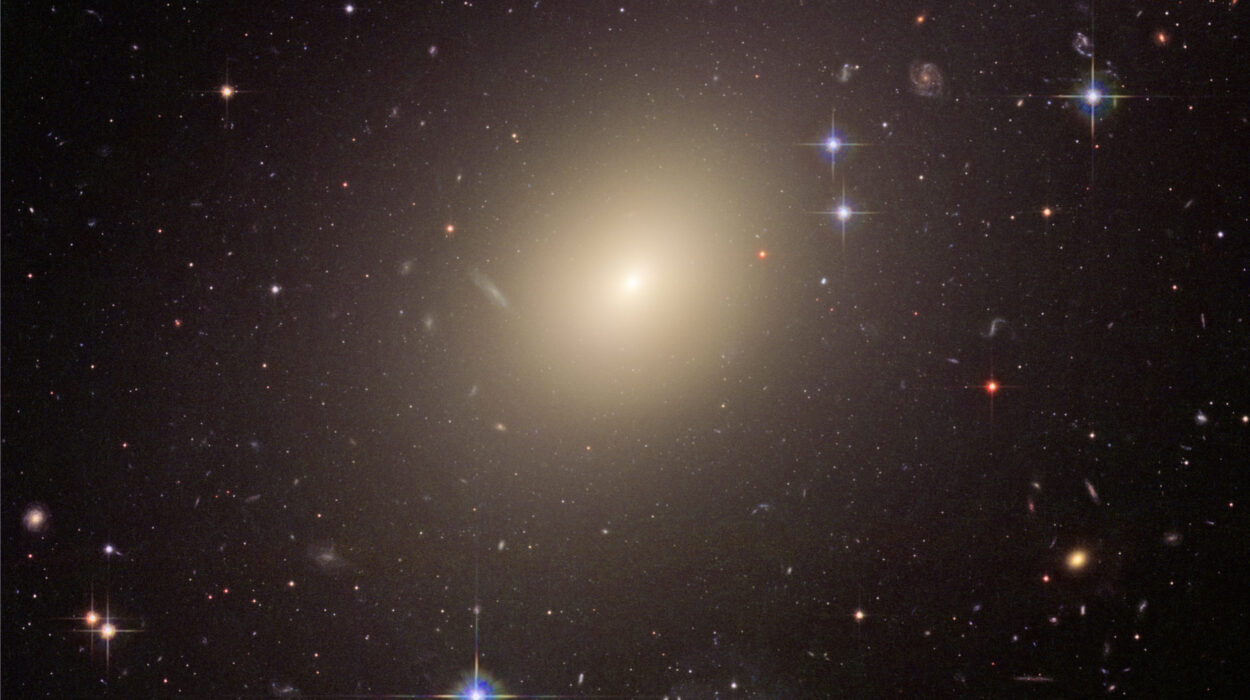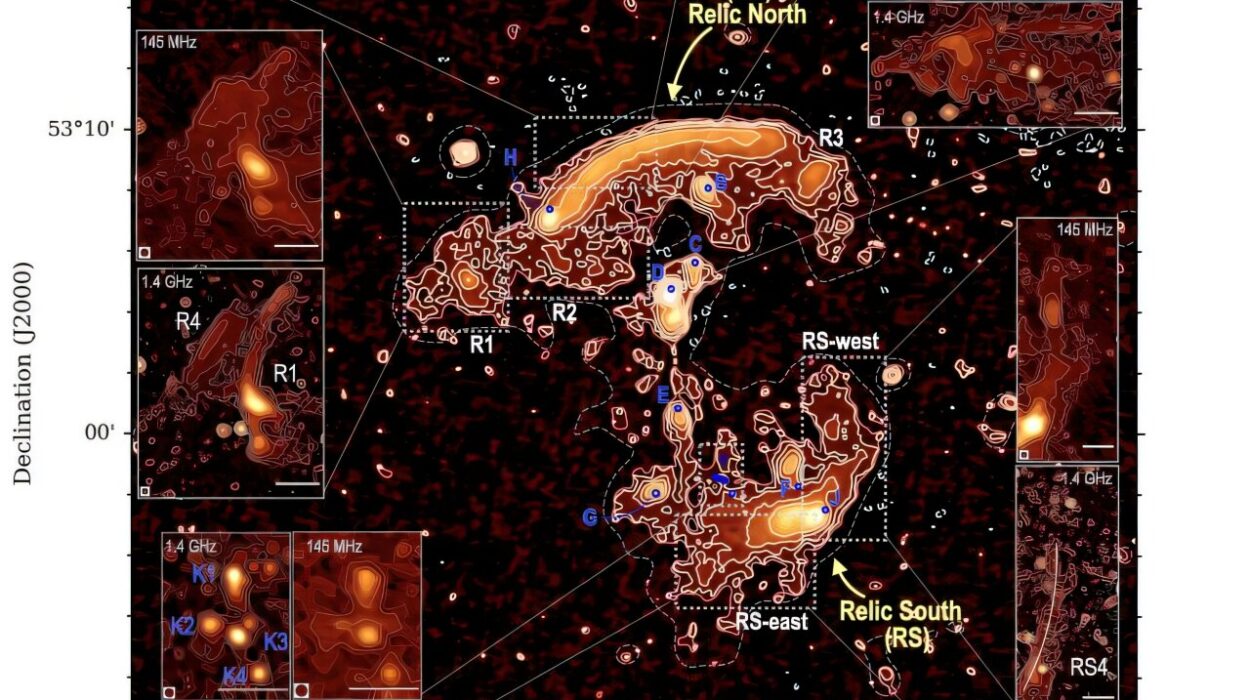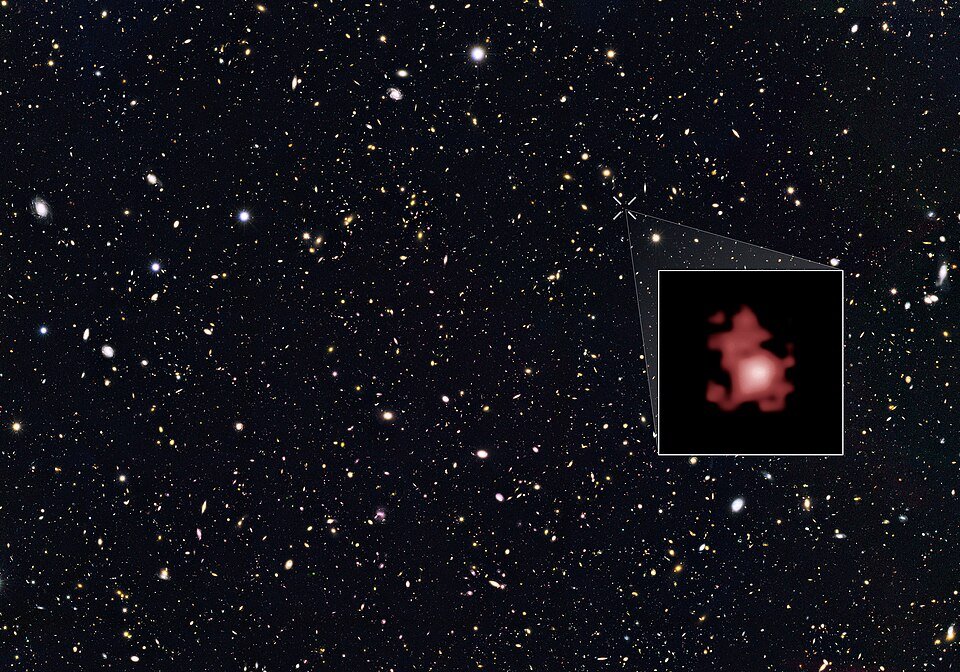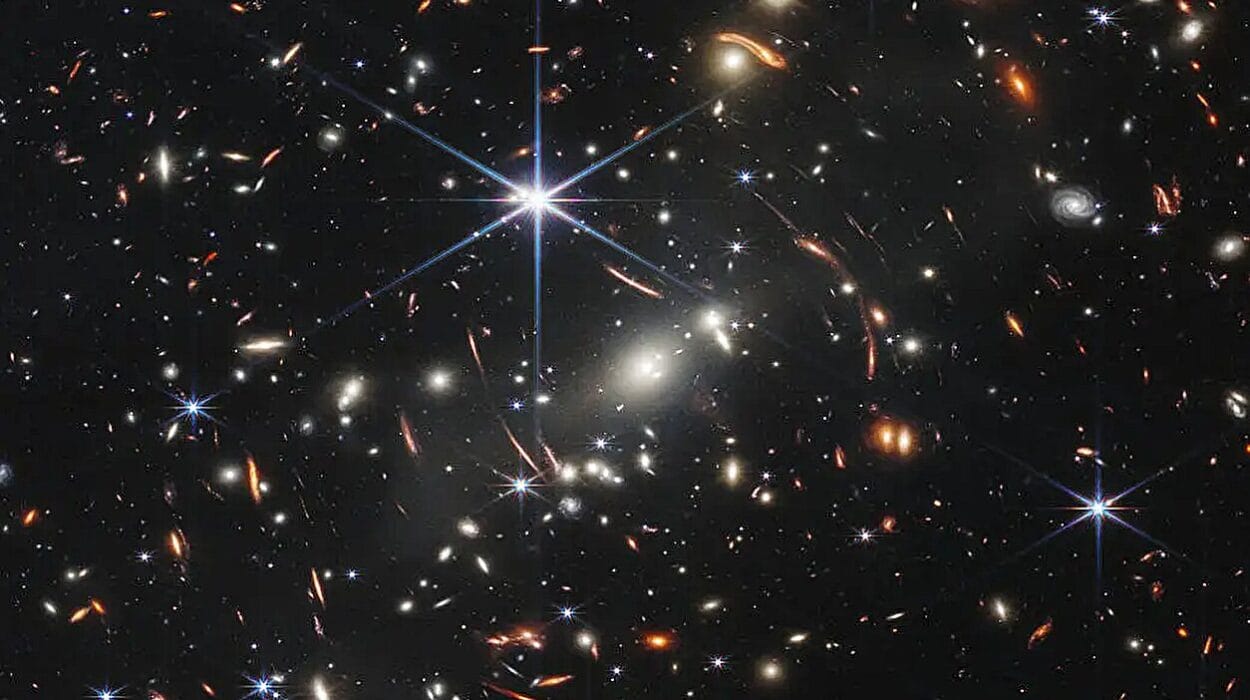The idea that you, me, the neighbor’s cat, the ancient trees, the oceans, and the air we breathe all come from stars might sound poetic—like something out of a Carl Sagan documentary or a dreamy science fiction novel. But it’s not just metaphor. It’s science. And it’s one of the most powerful and humbling truths ever discovered.
At the atomic level, you are quite literally stardust.
This might seem hard to believe. After all, we think of ourselves as human—biological, terrestrial, born of Earth, and intimately tied to the planet. And while that’s true in a practical sense, the atoms that compose your body tell a much older, deeper story—one that began billions of years ago, in the fiery furnaces of long-dead stars.
So how is it possible that our bones, our blood, and our brains are made of atoms forged in the hearts of ancient suns? What does it mean to be stardust, and how does this knowledge reshape the way we see ourselves, our planet, and the universe?
To answer those questions, we must embark on a journey—a journey through time, space, and matter itself.
The Origin of Everything: From the Big Bang to the First Atoms
Our story begins with the Big Bang, roughly 13.8 billion years ago. This wasn’t an explosion in space—it was an expansion of space itself. From an unimaginably hot and dense singularity, the universe began to stretch, cool, and take form.
In the first few minutes after the Big Bang, the universe was a seething broth of fundamental particles—protons, neutrons, electrons, and photons—colliding, combining, and transforming. As things cooled down, the first atomic nuclei formed: mostly hydrogen, with traces of helium and a smattering of lithium.
These were the simplest elements, the cosmic building blocks. But they weren’t yet enough to build complex matter—no carbon, oxygen, nitrogen, iron, or gold. No atoms that could make stars or planets or life.
The early universe, then, was a dark, expanding sea of hydrogen and helium gas, gently pulled together by the force of gravity. Over time—millions of years—this gas began to clump into clouds, and the first stars were born.
And it’s within the hearts of those stars that the true magic began.
Stellar Alchemy: The Furnace That Makes Us
Stars are not just balls of fire. They are nuclear engines. The extreme pressure and temperature at their cores allow them to do something Earth-bound chemistry cannot: fuse atoms together.
This process, called nuclear fusion, is the key to everything.
In a young star, hydrogen atoms are slammed together to form helium, releasing vast amounts of energy in the process. This is what makes stars shine. But as stars age and their hydrogen runs low, gravity compresses their cores even further, triggering a new chain of reactions. Helium fuses into carbon. Then oxygen. Then neon, magnesium, silicon, and finally iron.
This process is often described as stellar nucleosynthesis—the forging of elements inside stars.
Each step creates heavier and heavier atoms, building the ingredients for planets, oceans, plants, and people. But once a star starts making iron, it hits a dead end. Iron fusion doesn’t produce energy—it consumes it. This causes the star to lose its internal balance, and in the case of massive stars, leads to one of the most violent events in the universe:
A supernova.
Death and Rebirth: The Supernova Legacy
When a massive star dies, it doesn’t go quietly. The core collapses in on itself, creating either a neutron star or a black hole, while the outer layers explode outward in a brilliant, cataclysmic burst of energy.
This supernova explosion is no ordinary detonation—it’s an alchemical blast furnace, reaching temperatures and pressures so extreme that it forges all the elements heavier than iron in a matter of seconds. This includes:
- Gold and silver
- Uranium
- Lead
- Platinum
- And dozens of other metals essential to life and technology
The shockwave from the supernova flings these elements out into space, enriching nearby gas clouds. Over time, these clouds—now laced with the ash of dead stars—collapse again under gravity, forming new generations of stars and planets.
And from these enriched clouds came our Sun, our Earth, and us.
Earth: A Planet of Ancient Ash
The Earth formed about 4.5 billion years ago from the solar nebula—a swirling disk of gas and dust left over from the Sun’s formation. But this wasn’t pristine material. It had been used before. Many times.
Every rock on Earth, every drop of water, every breath you take is made from atoms that were recycled from ancient stars. The iron in your blood? Forged in a dying star. The calcium in your bones? Created in the core of a long-extinct sun. The carbon in your cells? Synthesized billions of years ago in stellar furnaces.
Even the oxygen you breathe comes from the same cosmic process. While some was made on Earth via plant photosynthesis, the atoms themselves were forged in the ancient depths of the cosmos.
You are, in the most literal sense, a child of the stars.
Stardust in Our Bodies: The Periodic Table Within
Let’s take a closer look at your body—a galaxy of atoms in miniature.
Most of your mass is made up of just a few elements:
- Oxygen (65%) – Found in water, blood, and cells
- Carbon (18%) – The backbone of organic molecules
- Hydrogen (10%) – The lightest and most abundant atom
- Nitrogen (3%) – Found in proteins and DNA
- Calcium (1.5%) – Bones, teeth, signaling
- Phosphorus (1%) – DNA, ATP, cellular energy
And then there are traces of iron, sodium, potassium, zinc, copper, and even gold.
Each of these elements has a cosmic origin. Each was created in a star. Each passed through supernovae or stellar winds before becoming part of a molecular cloud, then a planet, and eventually—you.
You are, quite literally, made from the dust of stars.
Stardust in Motion: The Interstellar Recycling System
One of the most profound realizations in astrophysics is that matter is recycled across the universe. There is no “new” matter being created. It only changes form.
A star lives, dies, and spreads its atoms into the cosmos. Those atoms become new stars, planets, comets, oceans, animals, and civilizations.
And eventually, those new stars will die too.
It’s a cosmic version of reincarnation. The carbon in your skin could have once been part of an alien world. The calcium in your teeth might have come from a star that went supernova before our Sun even existed. The water in your cells may have spent eons drifting through space before landing on Earth.
This process never ends.
You were once star stuff. And someday, the atoms that make up your body will return to the Earth, perhaps to be taken up by another life form, or recycled into the geology of the planet, or even launched back into space aboard a spacecraft—or by the Earth’s own demise, billions of years from now.
Philosophical Stardust: What It Means to Be Cosmic
Knowing that you’re made of stardust isn’t just a scientific curiosity—it’s a philosophical revelation.
It means you are not separate from the universe. You are the universe. Not metaphorically. Not spiritually. Literally.
You are the product of stars that lived and died long before the Earth was born. Your atoms were forged in ancient fire and cooled over billions of years before assembling into the person reading these words.
You are a way for the universe to know itself.
Carl Sagan famously said, “The cosmos is within us. We are made of star stuff. We are a way for the universe to know itself.” He wasn’t being poetic. He was describing a fundamental truth of nature: that consciousness—our ability to reflect on the universe—arose from the very processes that built it.
To be human is to be cosmic.
The Ongoing Search for Our Stellar Origins
Science continues to uncover the details of our elemental ancestry. With new telescopes like James Webb, Gaia, and Vera Rubin, astronomers are mapping the composition of stars, tracing their lineages, and identifying where and when key elements were forged.
Meteorites offer clues to the composition of the early solar system. Isotopes found in ancient rocks record the fingerprints of supernovae that exploded billions of years ago.
Even stardust grains—tiny specks from meteorites—are studied under electron microscopes. Some of these grains are older than the Sun itself. Holding one is like holding a piece of the galaxy’s childhood.
And yet, for all we’ve learned, the story is far from complete. There are still mysteries in how elements form in neutron star mergers, in rare types of supernovae, and in the interiors of white dwarfs. We’re still learning about the cycle of cosmic creation that binds all matter together.
Conclusion: We Are Stardust, We Are Story
To understand that we are made of stardust is to understand that we belong to something larger.
It reminds us that we are not isolated beings but part of a cosmic chain stretching across billions of years and billions of light-years. Every cell, every heartbeat, every thought you have is a culmination of ancient processes that began before the Earth had formed.
This is not just beautiful. It’s meaningful.
It means our lives are woven into the very fabric of the universe. That when we look at the stars, we are not just seeing distant suns—we are seeing our ancestors.
It means that death is not the end, but transformation. That every ending is a new beginning in the grand cycle of matter and energy.
It means that every human being, every living thing, shares a common origin. We are family—not just on Earth, but in the cosmos.
And it means that life—your life—is a miracle of astronomy, chemistry, time, and chance.
You are stardust, animated. Stardust with memory. Stardust that dreams.
And the next time you look up at the night sky, remember: you’re not just looking at stars.
You’re looking at home.
